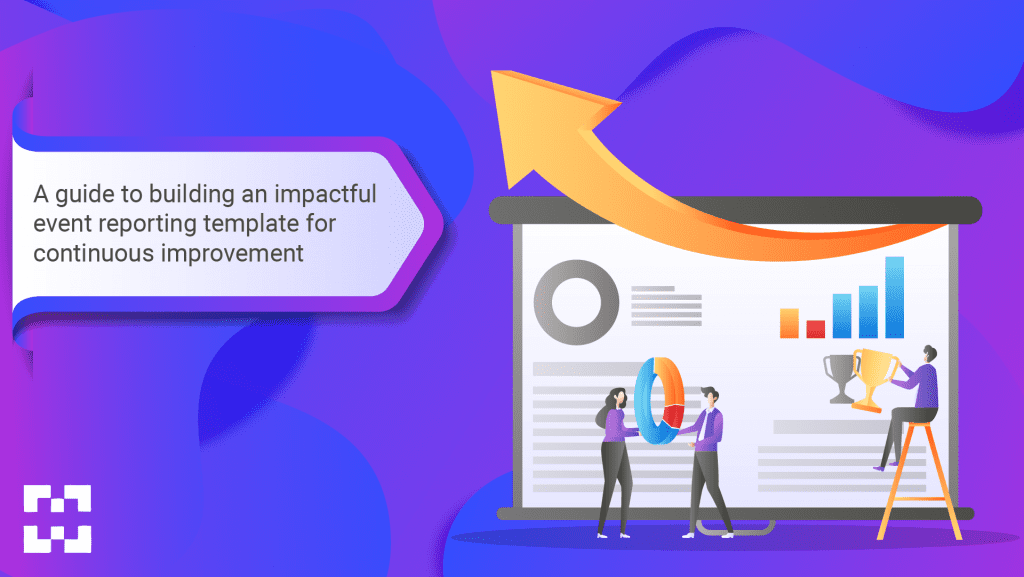
In an era where virtual interactions have become the norm, organizations are leveraging virtual events as powerful tools to connect with their audience, foster engagement, and achieve strategic goals. Yet, the success of these events transcends seamless execution; it hinges on the ability to measure impact effectively. This necessitates the creation of a well-crafted reporting structure—a guiding compass that illuminates the path to success. In this comprehensive guide, we’ll explore the nuances of virtual events, delve into the key elements of a successful reporting template, and provide insights into crafting impactful reports for continuous improvement.
Understanding the Virtual Event Landscape
Virtual events introduce a unique set of challenges and opportunities, requiring a distinct approach to engagement, content delivery, and participant interaction. To measure impact effectively, it is imperative to develop a nuanced understanding of attendee behavior, content resonance, and technological dynamics within the virtual realm.
The Elements of an Effective Reporting Template
1. Data-Driven Decision Making:
A successful reporting template should empower organizers to make data-driven decisions. Metrics such as attendance rates, audience engagement, and interaction frequency are crucial. These data points serve as a compass, guiding future event strategies based on insights gathered from participant behavior.
2. Content Effectiveness Evaluation:
Include sections in the template dedicated to analyzing attendee feedback and interaction patterns. Understanding which sessions resonated with the audience enables the refinement of future content strategies, ensuring ongoing delivery of value to the audience.
3. Technology Assessment:
Given the reliance on technology in virtual events, integrate metrics for platform stability, user-friendliness, and interactive features. This evaluation ensures a comprehensive understanding of the technological success of the event, guiding informed decisions for future implementations.
4. Participant Engagement Measurement:
The heart of any virtual event lies in participant engagement. Develop a reporting structure that includes metrics such as chat interactions, Q&A sessions, and virtual networking participation. This data offers a comprehensive view of how engaged attendees were, facilitating the identification of strategies to enhance engagement in subsequent events.
Crafting a Good Reporting Template
1. Clear Structure:
Organize the template with clear sections for each key metric. Ensure that data points are easily accessible and comprehensible, allowing organizers to derive meaningful insights.
2. Customization Options:
Allow for customization based on the specific goals and nature of the event. A flexible template ensures adaptability to different types of virtual events and diverse organizational objectives.
3. Actionable Insights:
Focus on gathering data that provides actionable insights. Prioritize information that guides improvements for future events, ensuring that the template serves as a tool for continuous enhancement.
4. User-Friendly Format:
Design the template in a user-friendly format, considering visual elements and clear labels for intuitive navigation. A user-friendly template enhances accessibility and usability for organizers.
Overcoming Challenges Through Reporting
1. Adaptability to Changing Environments:
Create a template that can adapt to evolving trends and technologies. This adaptability ensures that organizers can stay ahead of the curve, making informed decisions based on the latest industry developments.
2. Proactive Issue Resolution:
Build mechanisms into the template for identifying and resolving technical glitches, participant disengagement, or content-related issues. A relevant reporting structure enables organizers to address challenges promptly, preventing their recurrence in future events.
Conclusion
The journey of a virtual event doesn’t conclude when the last virtual attendee logs off. Success lies in the ability to decipher the data, understand participant behavior, and leverage insights for continuous improvement. A well-crafted reporting template becomes the cornerstone for accurate impact measurement, driving events toward unparalleled heights of engagement and achievement. Embrace the power of a strategic reporting framework, and watch your virtual events flourish with each iteration. Your template is not just a tool; it’s the key to unlocking success in the dynamic landscape of virtual events.





